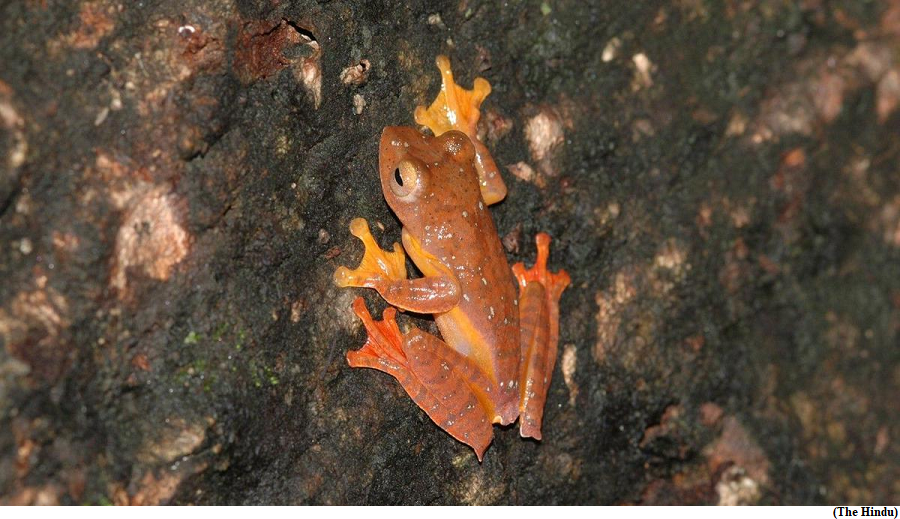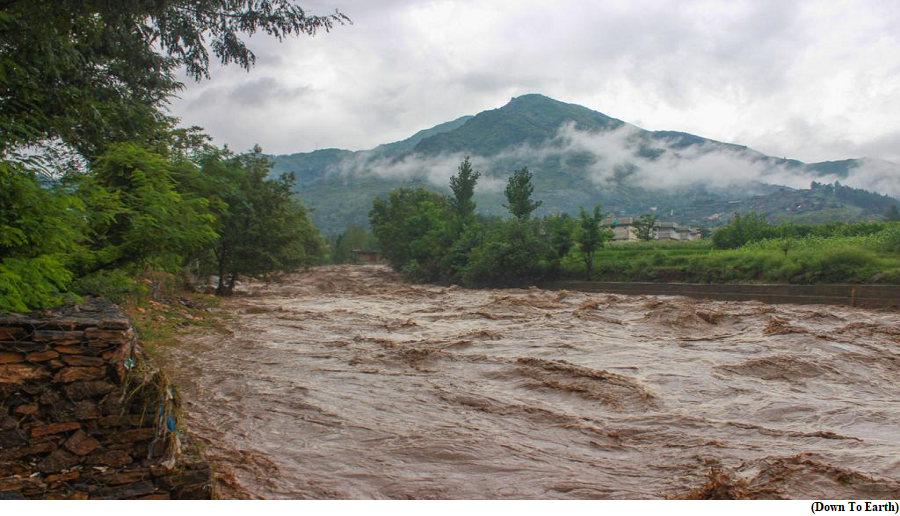Nobel Peace Prize 2023 (Miscellaneous)

Why in news?
- Imprisoned Iranian activist Narges Mohammadi won the Nobel Peace Prize in recognition of her tireless campaigning for women’s rights and democracy, and against the death penalty.

Contribution of Narges Mohammadi:
- She has kept up her activism despite numerous arrests by Iranian authorities and spending years behind bars.
- She is currently in Iran’s Evin House of Detention, serving a 16-year sentence that began in 2015 over charges that include spreading propaganda against the state.
- She has remained a leading light for nationwide, women-led protests, sparked by the death last year of a 22-year-old woman (Mahsa Amini) in police custody.
- The protests’ motto ‘Zan –Zendegi – Azadi’ (Woman – Life – Freedom) “suitably expresses the dedication and work of Narges Mohammadi”.
On women, prisoners’ rights
- In the 1990s, as a student, Mohammadi was already “distinguishing herself as an advocate for equality and women’s rights.” She began working as an engineer but also wrote articles for newspapers.
- In 2003, she became associated with the Defenders of Human Rights Center in Tehran, an organisation founded by Shirin Ebadi – the first Iranian woman to win the Nobel Peace Prize back in 2003.
- Mohammadi’s activism has centred on Iranian women’s rights and she has campaigned against the death penalty and other harsh sentences meted out to prisoners in the country.
- In 2022, her book ‘White Torture’ was published while she was briefly at home after a heart attack and surgery. It focused on solitary confinement and included interviews with other Iranian women who had experienced the punishment.
- Altogether, the regime has arrested her 13 times, convicted her five times and sentenced her to a total of 31 years in prison and 154 lashes.
Previous awards and the Nobel legacy
- Mohammadi has also been awarded other prominent prizes in the West for her work, such as the PEN/Barbey Freedom to Write Award in May 2023 and the 2023 UNESCO/Guillermo Cano World Press Freedom Prize.
- In 2022, she was featured in the BBC’s list of 100 inspirational and influential women from around the world.
Nobel Peace Prize 2022:
- In 2022, prize was awarded to human rights advocate Ales Bialiatski from Belarus, the Russian human rights organisation Memorial, and the Ukrainian human rights organisation Center for Civil Liberties.
Two out of five amphibians are facing extinction threat due to climate change, study
(GS Paper 3, Environment)
Why in news?
- A new paper analysing two decades of data from around the world has found that climate change is emerging as one of the biggest threats to frogs, salamanders, and caecilians.
- The study is titled ‘Ongoing declines for the world’s amphibians in the face of emerging threats’.

-
Details:
- The study is based on the second global amphibian assessment coordinated by the Amphibian Red List Authority, a branch of the Amphibian Specialist Group of the International Union for Conservation of Nature’s Species Survival Commission.
- The assessment evaluated the extinction risk of more than 8,000 amphibian species from all over the world, including 2,286 species evaluated for the first time.
-
Key Highlights:
- The data revealed that two out of every five amphibians are threatened with extinction. These data will be published on the IUCN Red List of Threatened Species.
- Between 2004 and 2022, a few critical threats have pushed more than 300 amphibians closer to extinction. Climate change was the primary threat for 39% of these species. This number is expected to rise as better data and projections on species’ responses to climate change become available.
- Climate change is especially concerning for amphibians in large part because they are particularly sensitive to changes in their environment.
-
Way Forward:
- As humans drive changes in the climate and to habitats, amphibians are becoming climate captives, unable to move very far to escape the climate change-induced increase in frequency and intensity of extreme heat, wildfires, drought and hurricanes.
- Habitat destruction and degradation affect 93% of all threatened amphibian species. They underlined the importance of expanded habitat and corridor protection in the places important for biodiversity.
-
UN launches 10 principles to close Asia Pacific sustainable finance gap
(GS Paper 2, International Organisation)
Why in news?
Recently, the United Nations Economic and Social Commission for Asia and the Pacific (ESCAP) launched the ‘The Sustainable Finance: Bridging the Gap in Asia and the Pacific’

Details:
- It has put forward 10 principles for action for policymakers, regulators and private finance for mobilising and deploying financing for key UN-mandated Sustainable Development Goals, particularly around climate action.
- The principles will help stakeholders cooperatively and efficiently shift and scale up capital to finance climate action by reducing obstacles, addressing climate risk underpricing, and reducing sectoral and regional capital-investment mismatches.
- Even as global emissions and energy needs rise, financing climate action in Asia and the Pacific has lagged due to macroeconomic challenges and public debt sustainability concerns.
The principles put forward are:
- Developing new climate finance partnerships
- Developing effective NDC financing strategies
- Developing policy coherence and capacities across key government ministries
- Taking decisive regulatory action to shift capital in Asia and the Pacific towards the Net Zero transition
- Driving investment in the capacities of financial personnel
- Driving investment in much-needed sectoral and project-based financial data is undertaken
- Committing to Net Zero pledges for 2050 with credible transition pathways and including 2030 goals
- Increasing local-currency financing of energy transition projects as well as green technologies and other net-zero investments
- Expanding and accelerating concessional financing and risk-sharing by multilateral development banks, bilateral development financial institutions, and public development banks
- Increasing investment of time and effort with partners in project preparation
Financing climate action:
- The ESCAP report stated that it aimed to stimulate a more robust and informed debate among member states on key measures to move the region towards sustainability and to provide greater clarity on the benefits and consequences of selected policy and financing choices in the short and long term.
- Only 17 of the 51 Asia-Pacific countries party to the UN Framework Convention on Climate Change have assessed and reported their financial needs to meet their Nationally Determined Contributions and only seven have broken down financial needs between adaptation and mitigation.
- Furthermore, average economic losses in the region from disaster-related and other natural hazards are expected to rise to $1.1 trillion in a moderate climate-change scenario and $1.4 trillion in a worst-case scenario.
Conclusion:
- There is sufficient capital and liquidity to close the global financing gap in sustainable finance. However, deploying capital for climate action faces a number of challenges.





